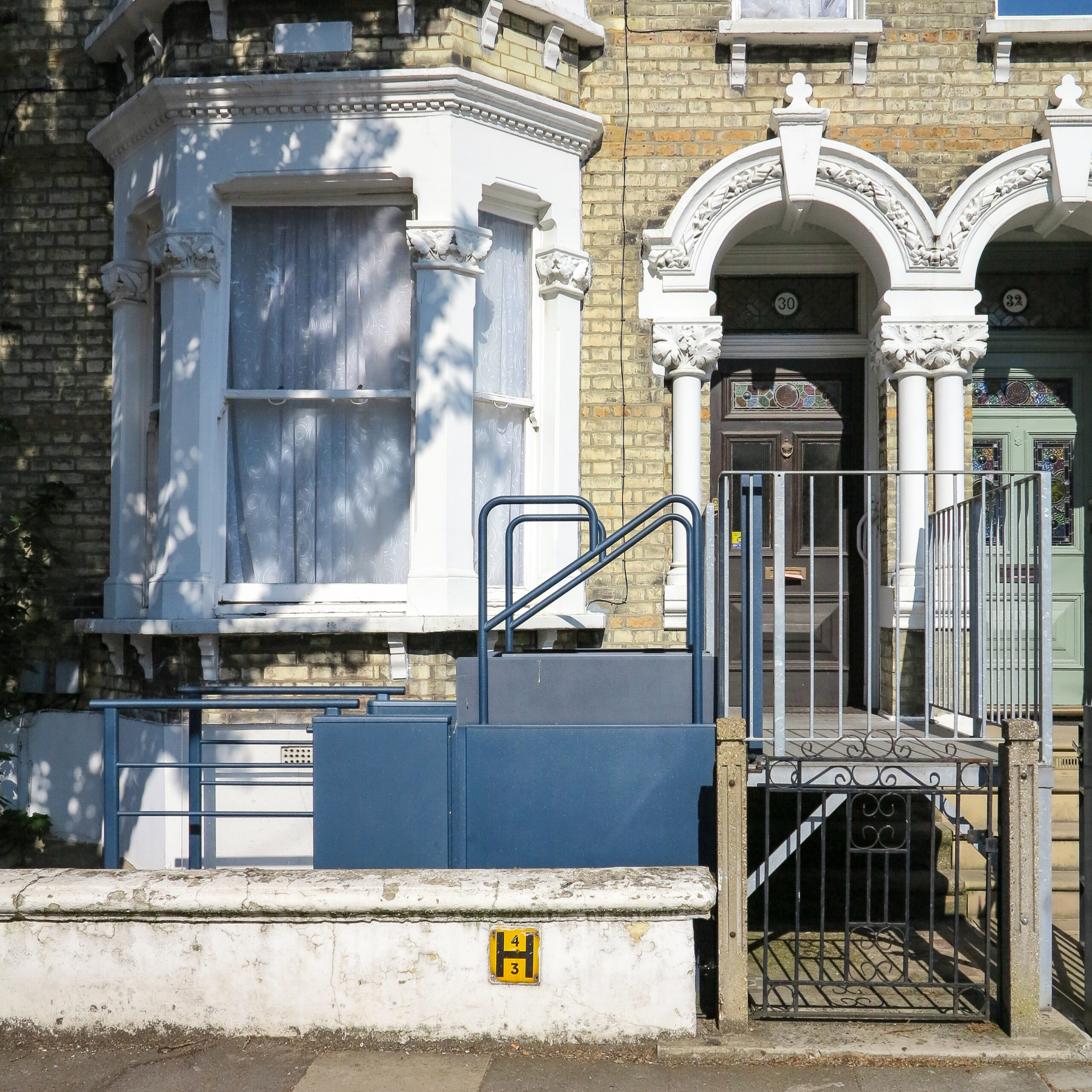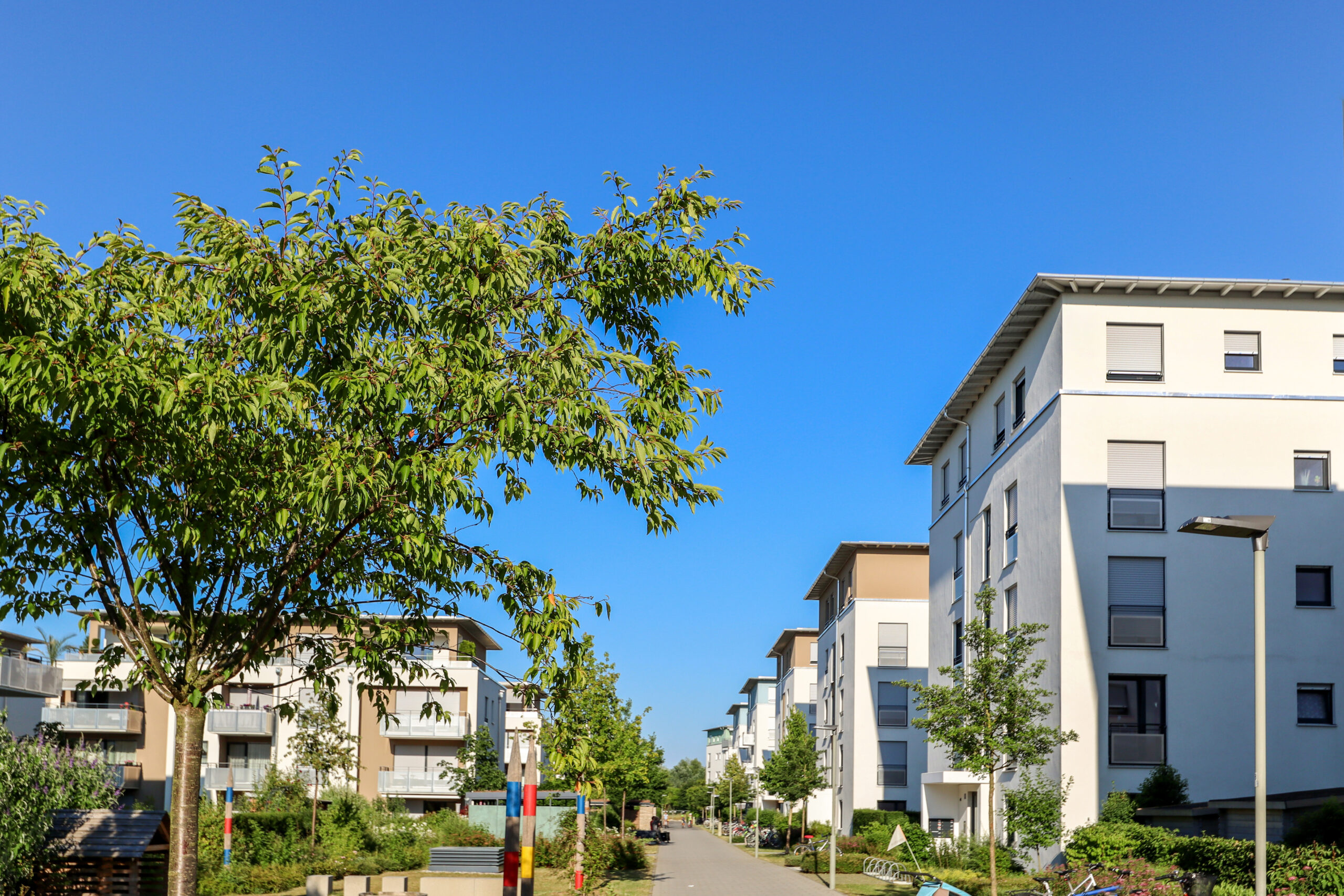At the Balanced Supply of Housing, Drs. Alina McKay and Colin Phillips have been working on a project with a focus on accessible housing. Our research team believes that safe, affordable, and appropriate housing is a basic human right. While many Canadians are able to find homes that meet their needs, that’s not the case for everyone—especially for people living with disabilities.
Despite government promises and some progress, too many Canadians with disabilities still struggle to find homes that truly work for them. While some face major barriers just to get into housing that’s physically accessible, others may have homes with accessibility features but little to no choice about where they live, how they personalize their space, or how they engage with their communities. In both situations, people’s right to housing is not fully met.
A Promising Start — But Still a Long Way to Go
In 2017, the Government of Canada officially recognized housing as a human right through its National Housing Strategy, which was signed into law in 2019. As part of that commitment, the government promised to prioritize housing for marginalized groups — including people with disabilities.
One key step has been the creation of Accessible-Ready Housing Standards. These standards are meant to guide new housing construction so that units can be more easily adapted to meet the CSA/ASC B652 Accessible Housing Standards, a national standard for accessible housing. It’s a move in the right direction, but when we look closely, these standards don’t go far enough.
Many design elements are left vague or open to interpretation. That creates a risk: new homes might technically be labeled “accessible-ready” — but still not meet real-life needs.
What the Data Tells Us
According to the 2022 Canadian Survey on Disabilities, around 8 million Canadians live with a disability. Over half have a physical disability — and the majority of them rely on physical aids or supports in their homes.
Here are some key findings:
- Bathroom aids: 1.4 million people use or need one; about 100,000 don’t have access.
- Walk-in showers/tubs: Used or needed by 843,000; 134,000 people don’t have them.
- Patient lifts: Needed by over 100,000; nearly 30% don’t have one at home.
- Ramps or ground-level entry: Needed by 383,000; 15.7% are without.
- Elevators or stair/platform lifts: Needed by 406,000; 21.3% don’t have them.
- Automatic doors: Needed by 287,000; 12.9% don’t have access.
- Extra railings: Needed by 330,000; 18% don’t have them.
- Widened doorways/hallways: Needed by 319,000; 10% still need them.
- Adjusted kitchen/bathroom counters: Needed by 164,000; 31% lack this critical feature.
And gender matters. Women are more likely than men to report unmet needs — particularly when it comes to essential modifications like adjustable counters.
Why This Matters
If we want to design a future that truly includes everyone, “accessible-ready” leaves a lot to interpretation. For example, designed for accessible-ready kitchens and bathrooms standards reference Accessible Housing Standards without defining what qualifies as “significant modifications.” For tenants with limited incomes, making these changes later can be unaffordable or impossible.
That’s why we believe new non-profit housing developments should meet full accessibility standards (CSA/ASC B652)—not just accessible-ready guidelines. Funding should be tied to these higher standards to ensure lower-income Canadians with disabilities aren’t left behind.
This is particularly urgent given the shortage of accessible, affordable housing in Canada’s social housing stock.
One Bright Spot: Emergency Features
One area where the standards do get it right is in emergency planning. The requirement for smoke, fire, and carbon monoxide detectors to provide both visual and audible alerts is a huge win. This change supports Deaf and hard-of-hearing individuals, and reflects the realities of aging for all Canadians.
The Bottom Line
Canada has made important commitments—and progress—toward better housing for people with disabilities. But we’re not there yet. If housing is truly a human right, then everyone should be able to live safely, comfortably, and with dignity in a home that works for them.
We urge policymakers, builders, and communities to go beyond the minimum. Let’s build homes—and a society—where accessibility is the standard, not the exception.
For more on our Accessible Housing Needs in Canada project, visit our research page.
The Balanced Supply of Housing is a SSHRC-CMHC funded community-based research project at UBC that focuses on land use and housing financialization across Vancouver, Toronto and Montreal.




